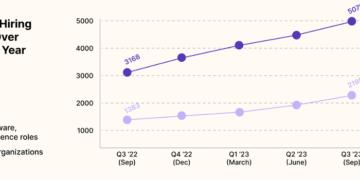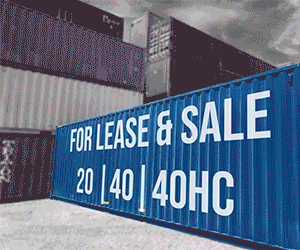Predicts 2040 will be the year of electrified network to help meet net-zero targets, mobility-as-a-service (MaaS) solutions
According to KPMG, 41% of transport leaders say customer experience is a top strategic goal.
The public transport sector will continue to experience an increasing amount of disruption over the next five years and forward-looking players can ride this wave successfully given they act now, KPMG said in a new global publication, The Future of Public Transport—according to Mohammad Abudalo, Senior Director and Transport & Logistics, KPMG, Saudi Arabia and Levant.
Public transport organizations should take the time to pause, reflect and map out a new future of enhanced customer experiences and integrated services, along with decarbonized and digitalized operations, while securing stable finances. KPMG commissioned a survey conducted by Forrester Consulting, which engaged 483 leaders from public transportation organizations across the globe to understand their perspectives on the sector’s future. Participants included public transport ministries and authorities, operators and outsourced vendors.

Potential
In this report, KPMG explores the potential that a connected public transport enterprise has in forging powerful enterprise-wide business and delivery models that can drive excellent customer experience while enhancing efficiency and contributing to a prosperous future.
“The traditional model of public transport service delivery is being challenged as never before,” commented Abudalo.
“Today, new market entrants are changing the last-mile equation through enhanced services and convenient new offerings. Disruptive transport technologies are on the horizon,” he said, adding frictionless service interactions in other sectors have raised customer expectations of public transport.
Forty-one percent of public transport leaders surveyed said improving customer experience is a top strategic goal. Fifty-eight percent of organizations are investing or will invest toward ESG priorities and 28 percent believe the “need to meet decarbonization agendas” is the political factor with the greatest potential to change the landscape for public transport.
Regulatory support
Moreover, regulatory support for multi-modal operations was cited by transport leaders as the regulatory factor with the most significant potential to change the landscape for public transport.
Saudi Arabia recently opened its first special integrated logistics zone at King Khalid International Airport in Riyadh to expand its cargo capacity and support supply chains. It will strengthen the Kingdom’s competitive position as the largest, fastest growing and leading trading nation in the Middle East, continuing Vision 2030’s mission to connect the Kingdom to the world.
Further, Saudi Arabia’s Public Investment Fund recently announced plans to transform King Salman International Airport into an aviation hub designed to accommodate up to 120 million travelers by 2030 with six parallel runways. The King Salman airport will create 103,000 direct and indirect jobs, handle 185 million travelers and process 3.5 million tons of cargo by 2050.
According to the KPMG report, public transport agencies must become smarter and more agile. They should aim to focus on the essential core of public transport operations to evolve networks, service patterns, fare policy, investment strategy and asset custodianship.
Shifting priorities
Priorities are shifting as decision-makers listen to the voice of their constituents and look beyond the operation of transport infrastructure, fleets and workforce to fully consider the advantages of a connected, 21st-century ecosystem.
As change unfolds and the pace of change accelerates, KPMG offers seven predictions on the future of public transport, which includes political influence over public transport is expected to grow; agencies will likely become the commissioner of markets rather than the deliverer of services; future transport algorithms will likely nudge customers through the network, balancing individual preferences with network and social requirements and decarbonization of transport operations will likely become a strategic business priority.
Other predictions include public transport is expected to be free for some citizens and communities and funded in innovative new ways; agencies will likely require more in-house technology and digital transformation and outcome and risk-based regulation are expected to be required to embed flexibility.
Transport ecosystem
Public transport agencies are the commissioners of the transport ecosystem, delivering a place-based approach to services. Among KPMG predictions for 2040 are electrified network to help meet net-zero targets, mobility-as-a-service (MaaS) solutions, on-demand services, autonomous services, redeployed workforces and targeted free services.
“The signals of change are clues to what the future of the public transport sector could look like. They give rise to several predictions, which overlap in many elements but make for worthy consideration in isolation. These considerations should be integrated to provide a helpful solution for your market,” Abudalo concluded.
Want to stay updated on the latest industry news and trends? Subscribe today to receive your monthly news highlights directly in your inbox!










